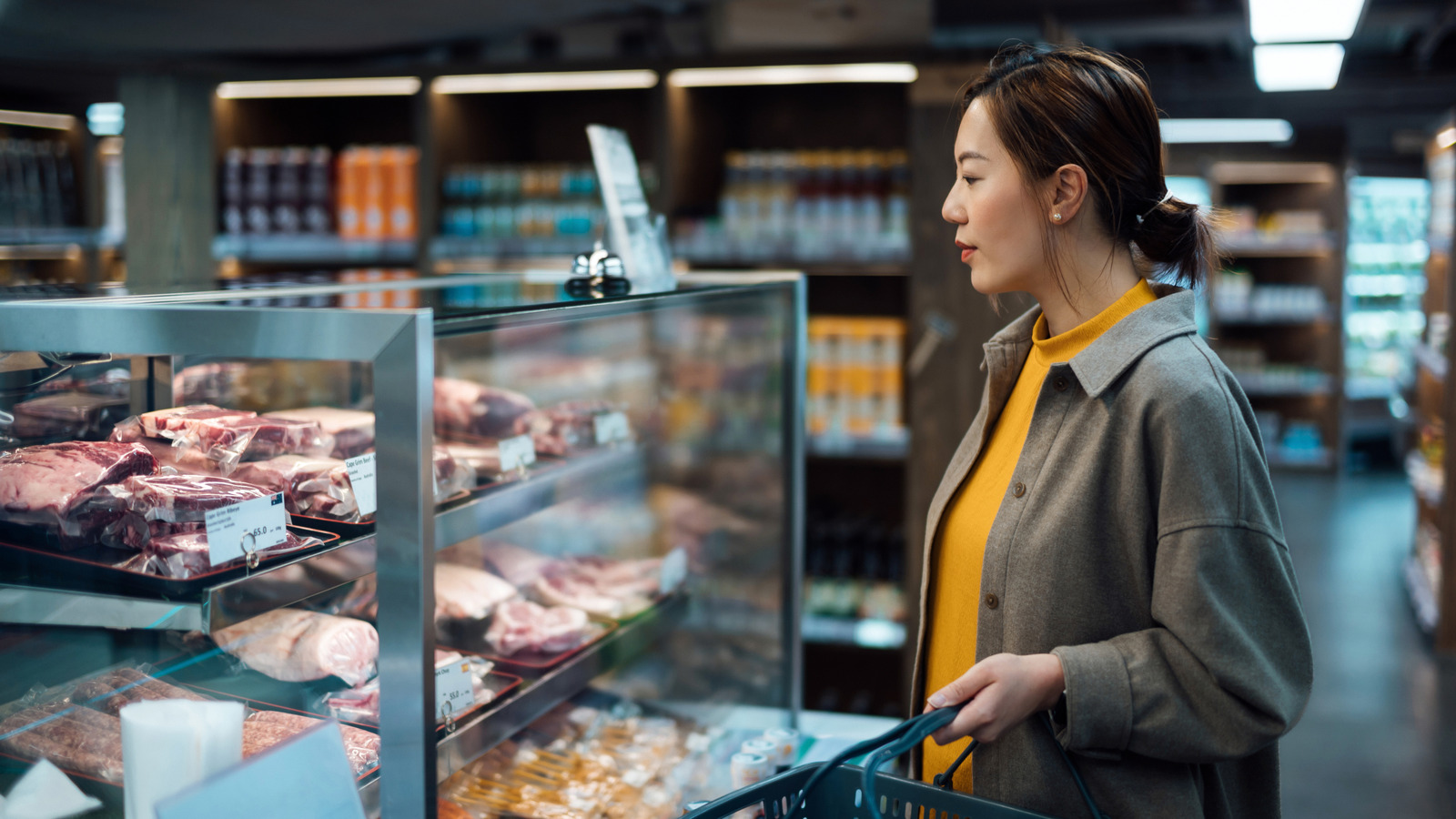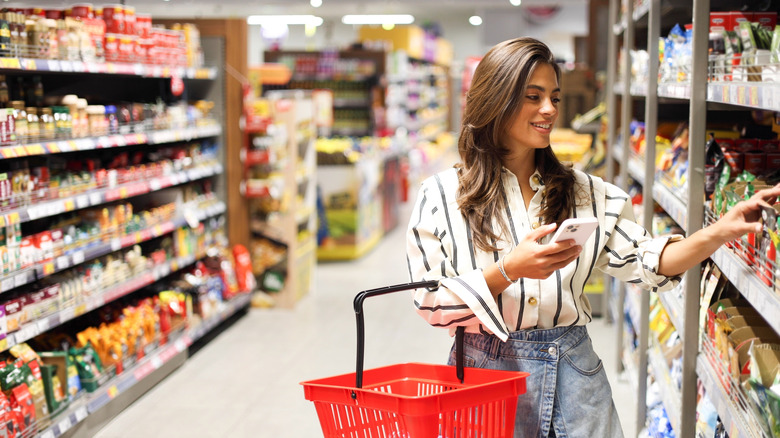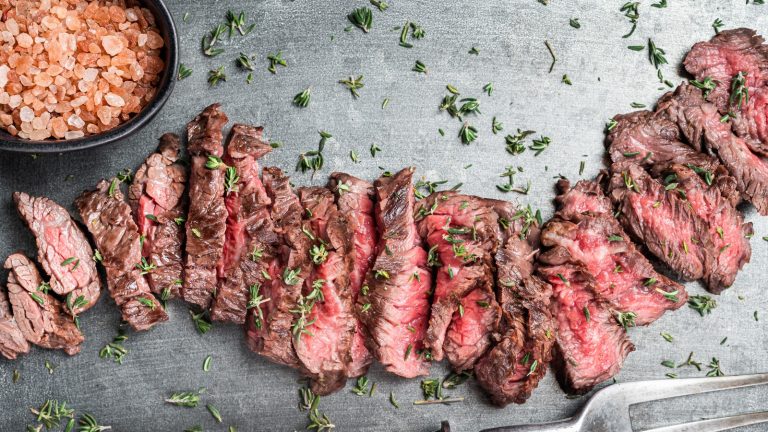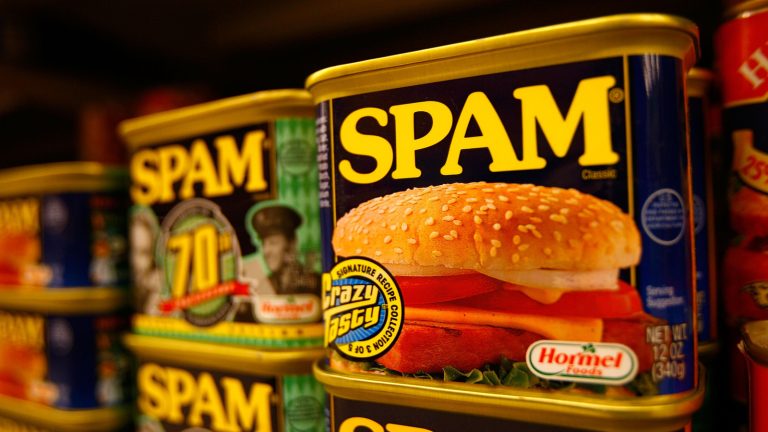We may receive a commission on purchases made from links.
The worst thing that can happen when you’ve gone to all the trouble and expense of grocery shopping is that those pricey perishables spoil before their time. Make the wrong move and they can begin to turn before you’ve even left the store. But picking up your meat, fish, and poultry right at the very end of a trip when you’re well on your way to the registers can give you a little more wiggle room between refrigerators.
The United States Department of Agriculture pins the food “danger zone” to a broad range from 40 degrees Fahrenheit all the way up to 140 degrees Fahrenheit. Those temperatures provide optimal weather for dastardly bacteria to be fruitful and multiply, contaminate your food, and potentially cause foodborne illness. It’s unlikely that you’re packing a pocket thermometer, so the department puts a handy two hour limit on the time that things like seafood, steak and chicken should be left outside of the icebox. If the atmospheric temperature reaches a balmy 90, that deadline is slashed in half to an hour. But this vulnerability is, fortunately, among the more avoidable everyday food safety mistakes. If you select your proteins when you’re on your way out of the market, rather than when you enter, the buzzer is a little more forgiving.
Keep calm and carry a cooler bag (and a shopping list)
A cooler bag is key on those super hot days, times when you might need to squeeze in another stop after the supermarket, or for anyone who might have a long journey home. Sometimes even snagging those meats at the end of a shop just won’t provide enough insurance against the elements and the food safety danger zone that they can create. Amazon Basics makes a soft insulated cooler that it measures with a goofy drink can metric. The 50-can size should be able to keep a week’s worth of items out of the danger zone.
A traditional list, or even a clever reverse shopping list, can also make shopping a little easier, so you can get in and out faster. Grocery shopping like a New Yorker also increases efficiency and freshness, as you’ll more or less only buy what you could realistically carry home. That latter trick might end up with you making more trips to the store, but freshness will be your reward for clocking all the extra steps.






